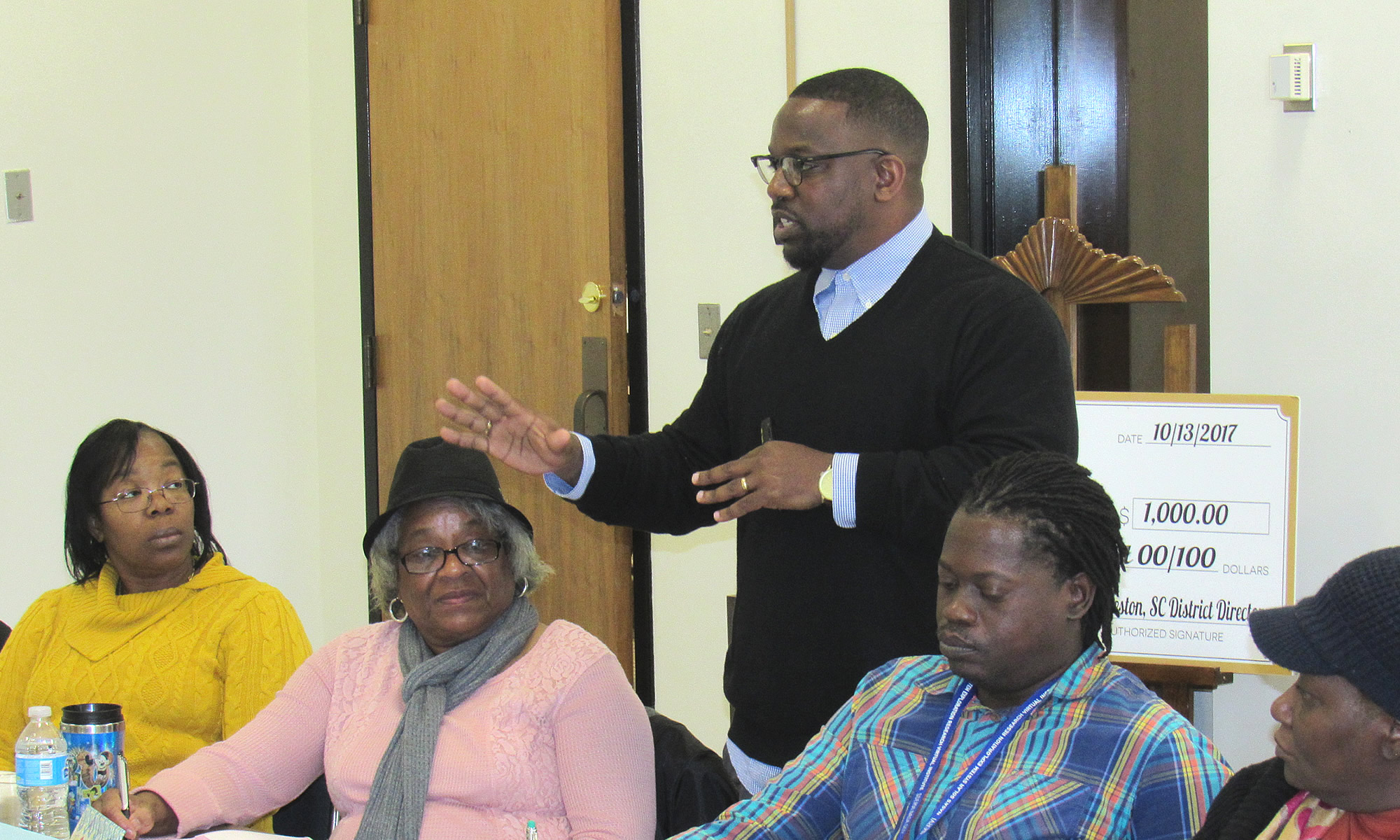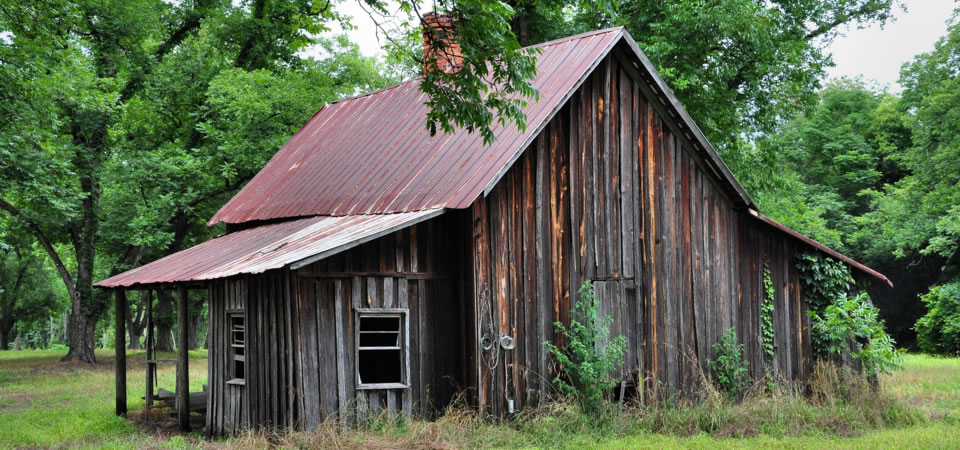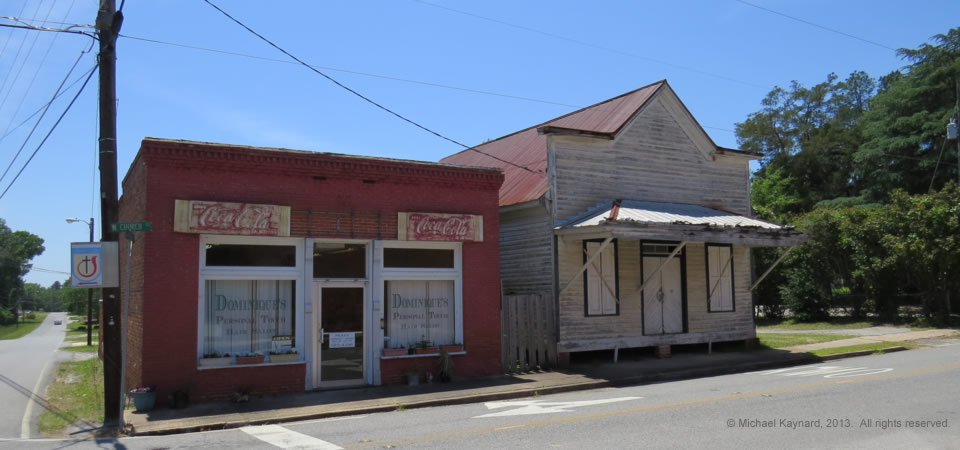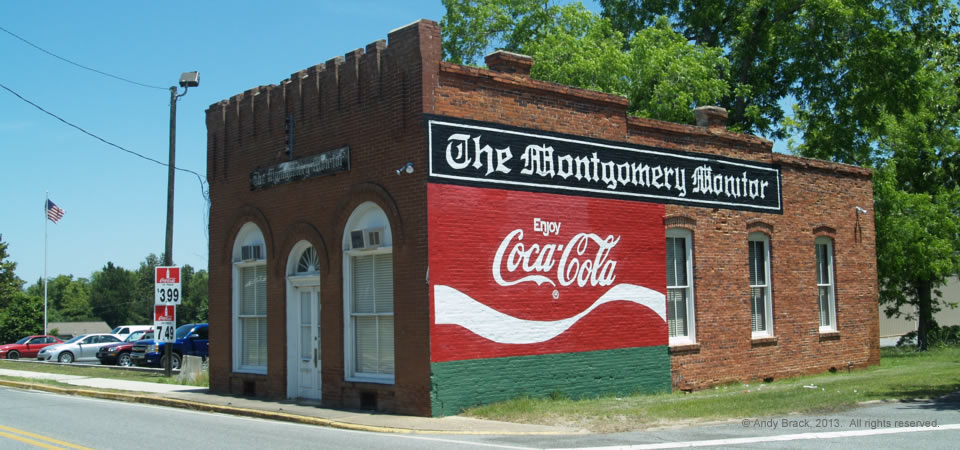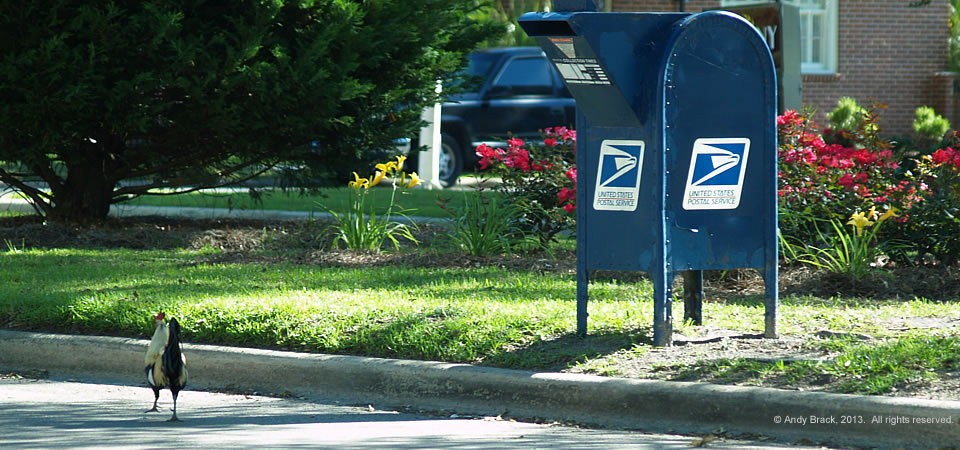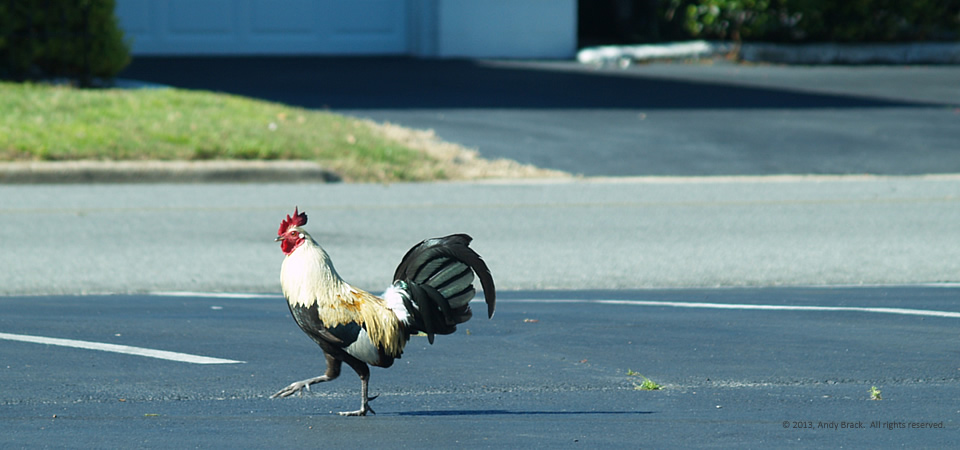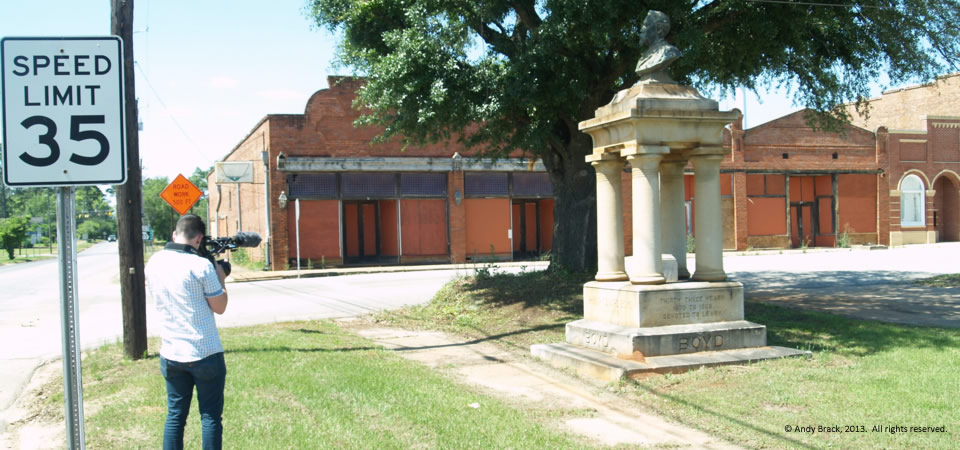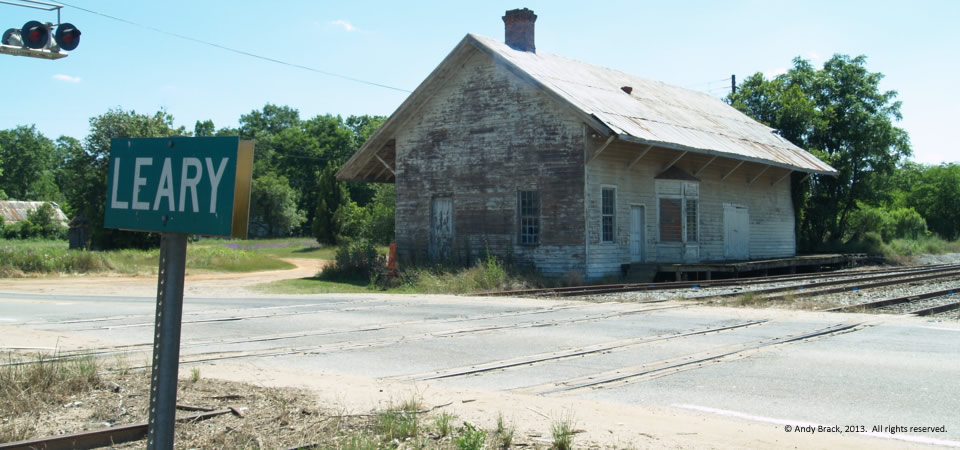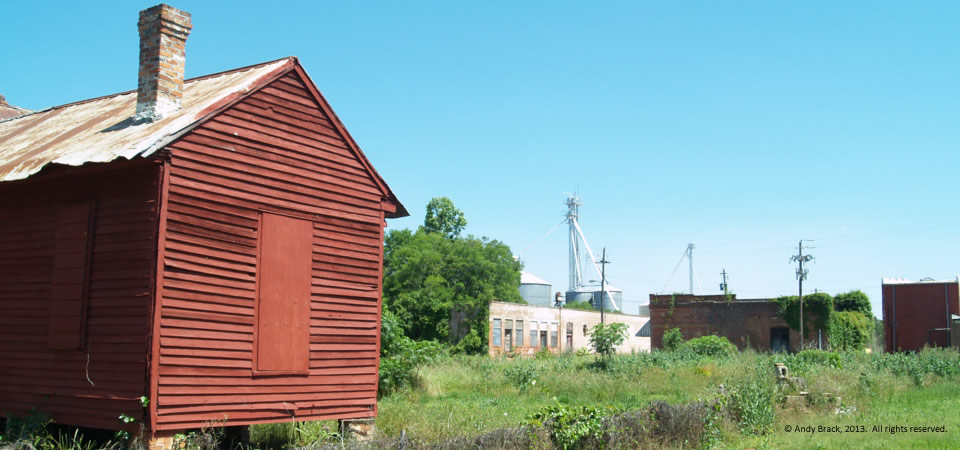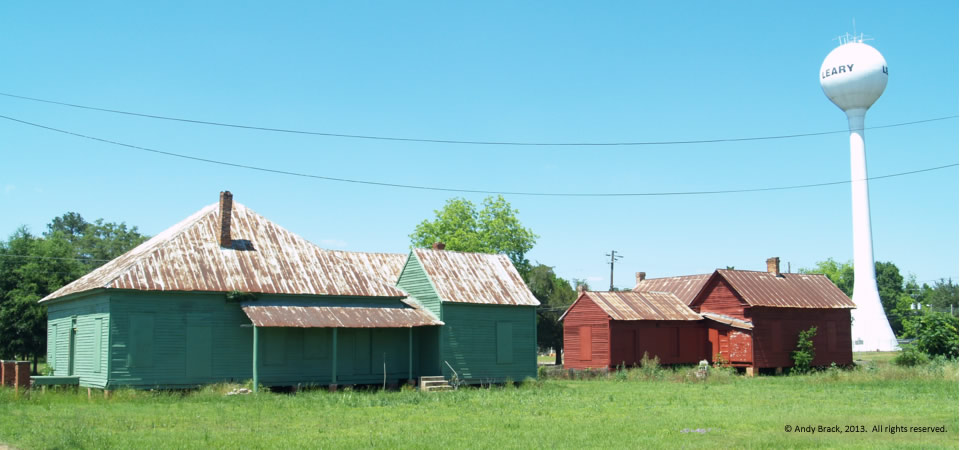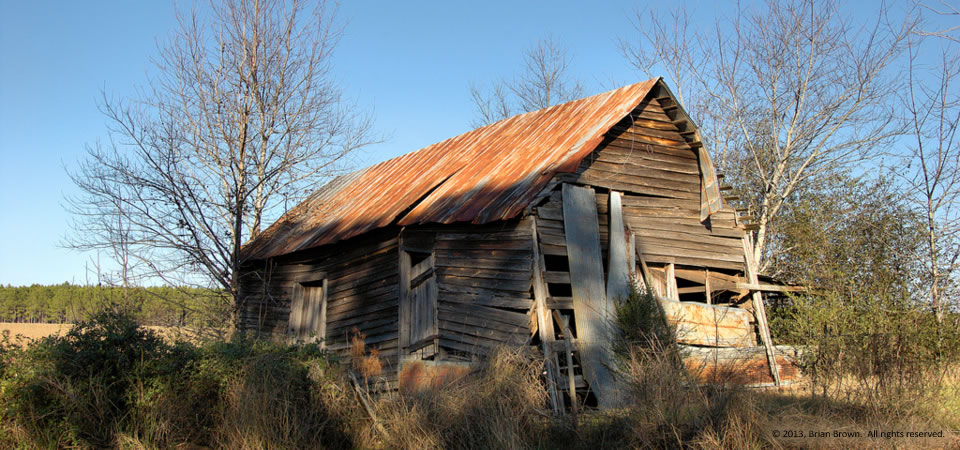
This decaying, tin-roofed building apparently is a one-room school remembered as the old “Memory School” northeast of Mount Vernon, Ga., in rural Montgomery County.
Vanishing South Georgia photographer Brian Brown, who snapped the shot last month along Thompson Pond Road, says, “I first thought it looked like a farmhouse, but these small rural schools often look like this.”
These days, Montgomery County and the area around
ount Vernon seem strapped, but interestingly, the population is about 50 percent bigger than it was in the late 1960s when Brack visited. In 2012, the estimated population was just under 9,000 — some 3,000 more people than in the 1970 Census. More.
Some 21.6 percent of people in the county live at or below the federal poverty level.
Copyrighted photo by Brian Brown, courtesy of the photographer. All rights reserved.
